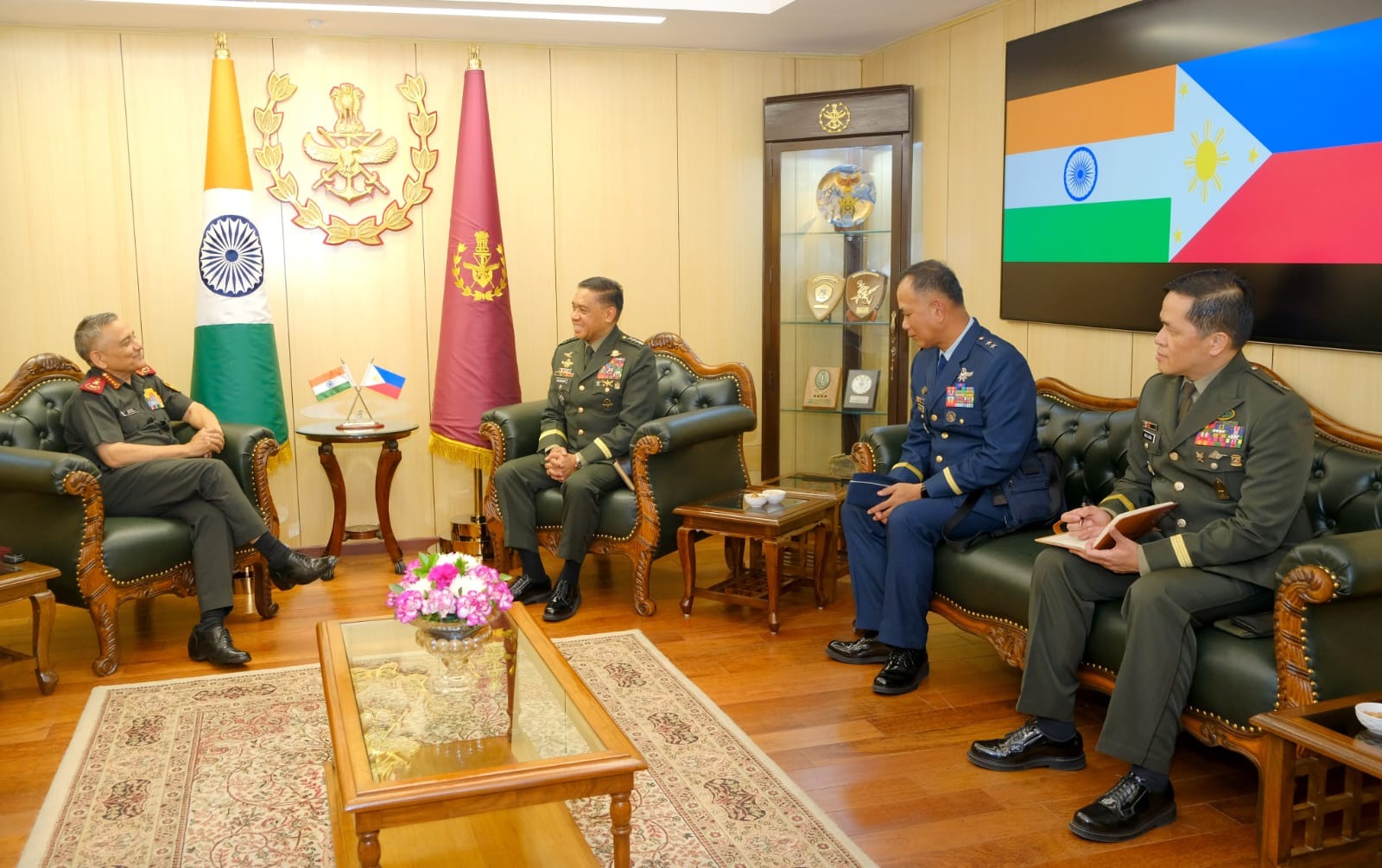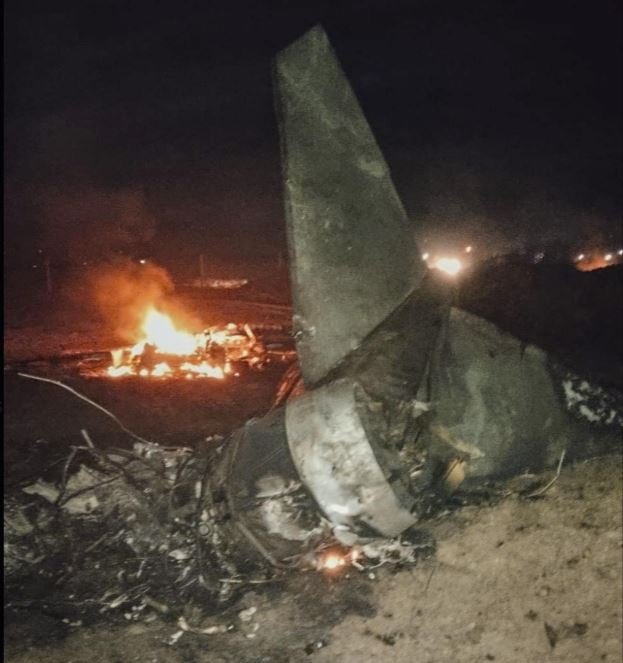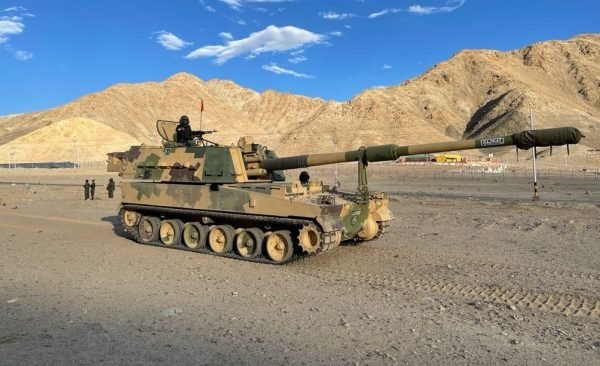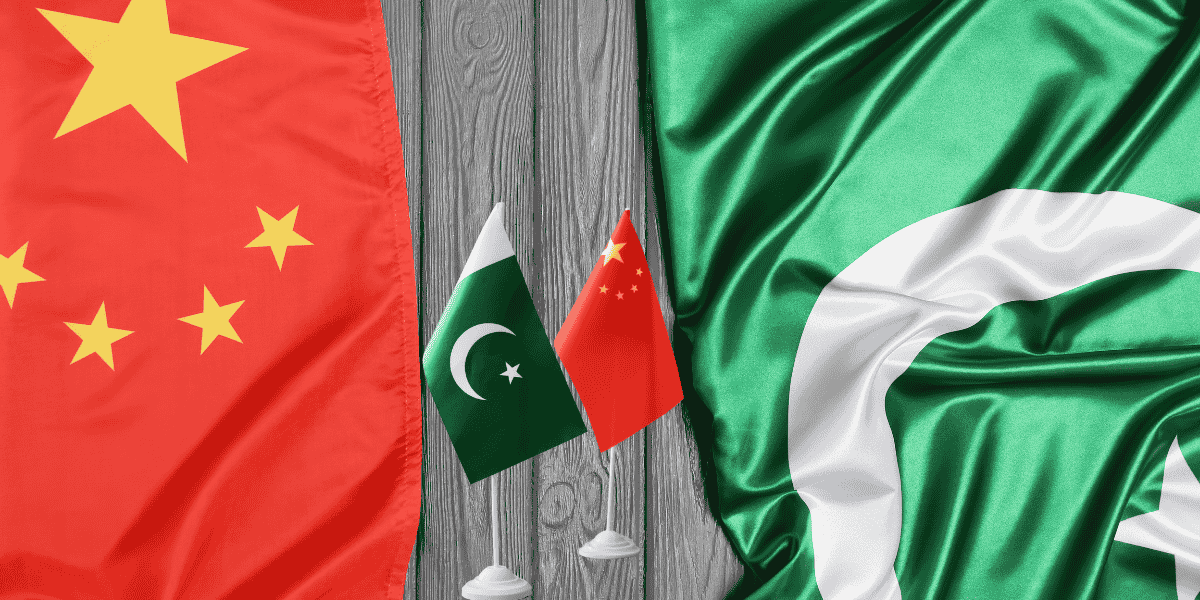The Philippines is working to expand the SQUAD, a strategic alliance currently composed of Australia, Japan, the Philippines, and the United States, by inviting India and South Korea to join.
According to General Romeo S. Brawner, Chief of the Armed Forces of the Philippines, who spoke at the Raisina Dialogue in New Delhi in March, this initiative aims to counterbalance China’s increasing influence in the Indo-Pacific.
The Squad is an informal multilateral defense collaboration that was officially established in May 2024. It originated from discussions among the defense chiefs of its four members at the Shangri-La security dialogue in Singapore in 2023. Since then, the Squad has conducted joint maritime exercises within the Philippines’ exclusive economic zone (EEZ) in the South China Sea.
Brawner’s comments come amid escalating tensions between Manila and Beijing over the contested waters of the South China Sea. China continues to assert near-total control over this crucial maritime trade route, valued at approximately $3 trillion in annual commerce, despite competing claims from the Philippines, Brunei, Indonesia, Malaysia, and Vietnam.
A 2016 arbitration ruling dismissed China’s expansive claims, but Beijing refuses to recognize the decision.
During a discussion with Dr. Kyung-what Kang of the Asia Society on March 26, 2025, Indian External Affairs Minister S. Jaishankar was asked whether India would consider joining the Squad. While he provided detailed responses to other questions, his answer on this topic was brief: “On the Squad issue, we are happy with the Quad.”
Brawner emphasized that the Philippines is actively bolstering its deterrence capabilities through collaborations with Squad members, focusing on military coordination, intelligence-sharing, and joint operations. He indicated that the Philippines and Japan are particularly keen on expanding the alliance to include India and possibly South Korea.
Following his remarks, Brawner met with India’s Chief of Defence Staff, General Anil Chauhan, where he intended to discuss India’s potential participation in the Squad. However, a senior Indian defense official confirmed the meeting took place but did not specify whether the Squad expansion was formally discussed. The Indian defense ministry, along with the embassies of South Korea and China, declined to comment on this.
Brawner candidly stated, “We find commonality with India because we have a common adversary. And I’m not afraid to say that China is our common enemy. So, it’s important that we collaborate, perhaps even exchange intelligence.” He also noted that the Philippines already maintains a defense partnership with India, including cooperation in the defense industry.
China, for its part, dismissed the Philippines’ actions as externally influenced. Chinese Foreign Minister Wang Yi remarked on March 7 that Manila’s moves in the South China Sea were part of a “screenplay written by external forces” aimed at undermining China.

Key Takeaways From The Current Situation
The Philippines is increasingly stepping away from ASEAN’s collective security understandings, recognizing that the regional bloc lacks the strategic weight to support its stance against China.
In its various forums, ASEAN has prioritized maintaining engagement with China rather than confronting it, leaving Manila isolated in its disputes with Beijing.
This has prompted the Philippines to seek security assurances beyond ASEAN, aligning more closely with external partners such as the United States, Japan, and Australia.
China’s repeated intrusions into the Philippines’ EEZ have not galvanized ASEAN into taking a stronger stance against Beijing. The prolonged negotiations over a Code of Conduct (COC) in the South China Sea have exposed internal divisions within ASEAN, with some members maintaining closer ties with China than with their ASEAN counterparts.
Even if a COC is eventually agreed upon, its enforceability remains doubtful. The Philippines has likely drawn lessons from India’s experience, where China violated established border agreements in 2019-2020 despite formal diplomatic arrangements.
The United States, Japan, and Australia have deepened their defense engagement with the Philippines, transforming their bilateral security partnerships into a more coordinated framework under the Squad.
As part of this alignment, Manila has reportedly agreed to allow Squad bases in the northern Philippines to serve as a strategic point in case of a conflict involving Taiwan. This move signifies a decisive shift away from ASEAN’s ambiguous stance on China, bringing the Philippines into closer alignment with its Indo-Pacific allies.
Brawner’s remarks at the Raisina Dialogue may have been a strategic “trial balloon”—an attempt to gauge India’s willingness to move beyond its bilateral defense ties with the Philippines and join a broader security coalition.
While the Philippines views India as a reliable security partner, Jaishankar’s response suggests that India remains cautious about aligning with an explicitly anti-China military group.
India’s Strategic Calculations
India’s reluctance to join the Squad stems from multiple factors. The global geopolitical landscape is in flux, particularly with uncertainties surrounding U.S. foreign policy in the Trump era.
India, like many nations, is exploring multiple diplomatic avenues to ensure stability. This includes strengthening ties with Japan and Australia while continuing defense cooperation with the Philippines. At the same time, India is also seeking to stabilize its own relations with China, particularly concerning their border dispute.
India’s approach to the South China Sea dispute has been evolving, with New Delhi making stronger statements about freedom of navigation and adherence to international law.
However, India prefers ASEAN to take the lead in managing regional security issues while it provides indirect support through diplomatic and economic means. Unlike the Philippines, which is actively confronting China, India remains cautious about provoking Beijing beyond what is necessary for its own security.
Future Of India’s Engagement In The Indo-Pacific
For now, India is unlikely to formally join the Squad, given that its primary focus remains the Quad. The Quad, which comprises India, the United States, Japan, and Australia, has a broader agenda centered on providing regional public goods, such as infrastructure development, technology cooperation, and humanitarian assistance.
In contrast, the Squad is more narrowly focused on military coordination, making it less attractive to India at this stage.
Additionally, India does not want to be perceived as directly challenging China unless it is necessary for strategic interests. New Delhi’s careful balancing act involves reinforcing its presence in the Indo-Pacific without crossing Beijing’s “red lines.”
While India remains committed to freedom of navigation and peaceful dispute resolution, it is unlikely to escalate its involvement in the South China Sea beyond diplomatic support for regional allies like the Philippines.
The Squad represents a significant step in the Indo-Pacific’s evolving security landscape, reinforcing collective deterrence against China’s maritime assertiveness.
While the Philippines actively seeks to expand this grouping, India remains cautious, preferring to engage within the existing Quad framework.
As regional tensions persist, Manila is deepening its security commitments with its allies while India continues to navigate a complex diplomatic path that balances strategic partnerships with its long-term interests in managing relations with China.
- Gurjit Singh is a former Ambassador to Germany, Indonesia, Ethiopia, ASEAN, and the African Union Chair, CII Task Force on Trilateral Cooperation in Africa, Professor, IIT Indore.
- Follow EurAsian Times On Twitter (Now X)






